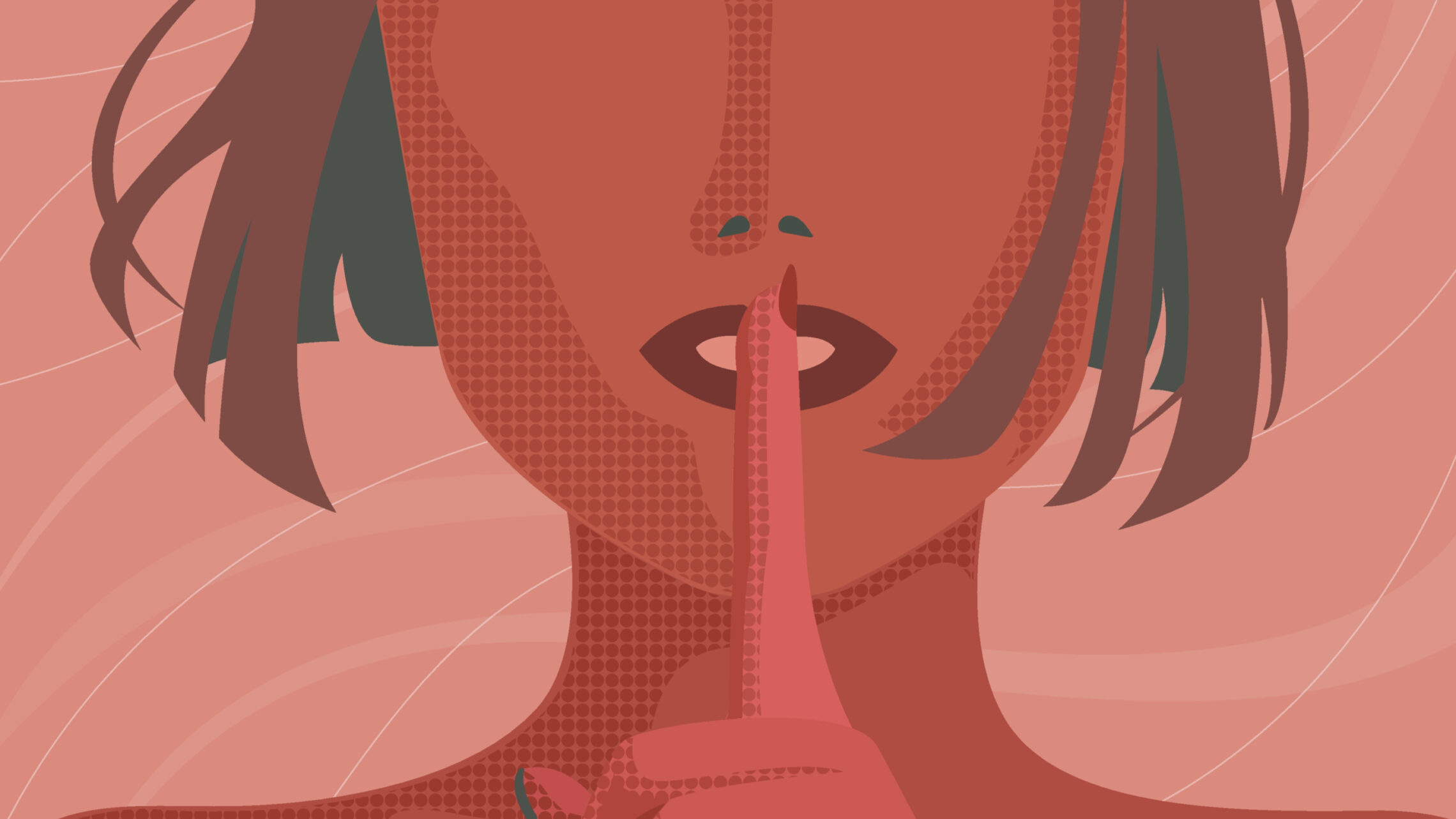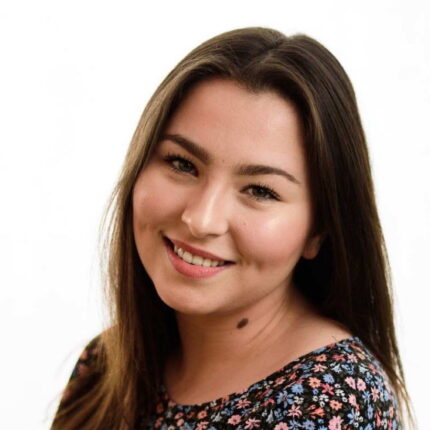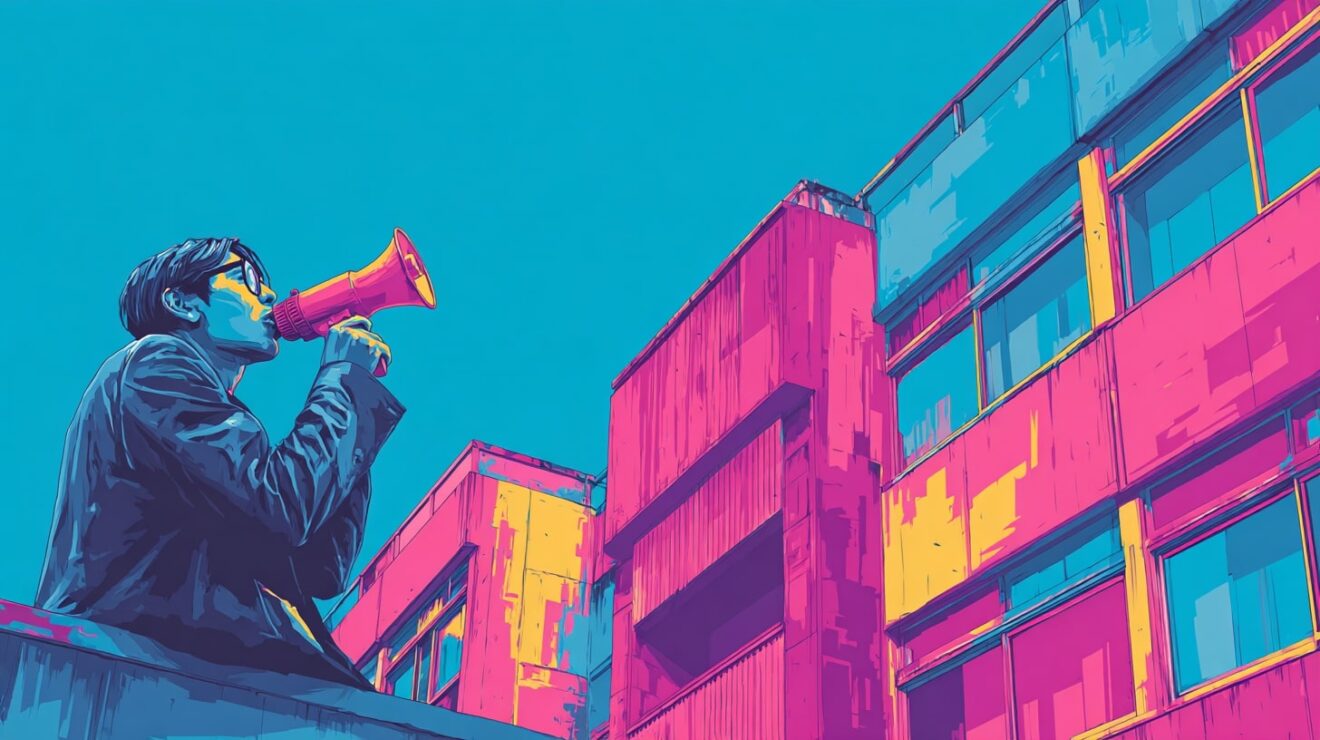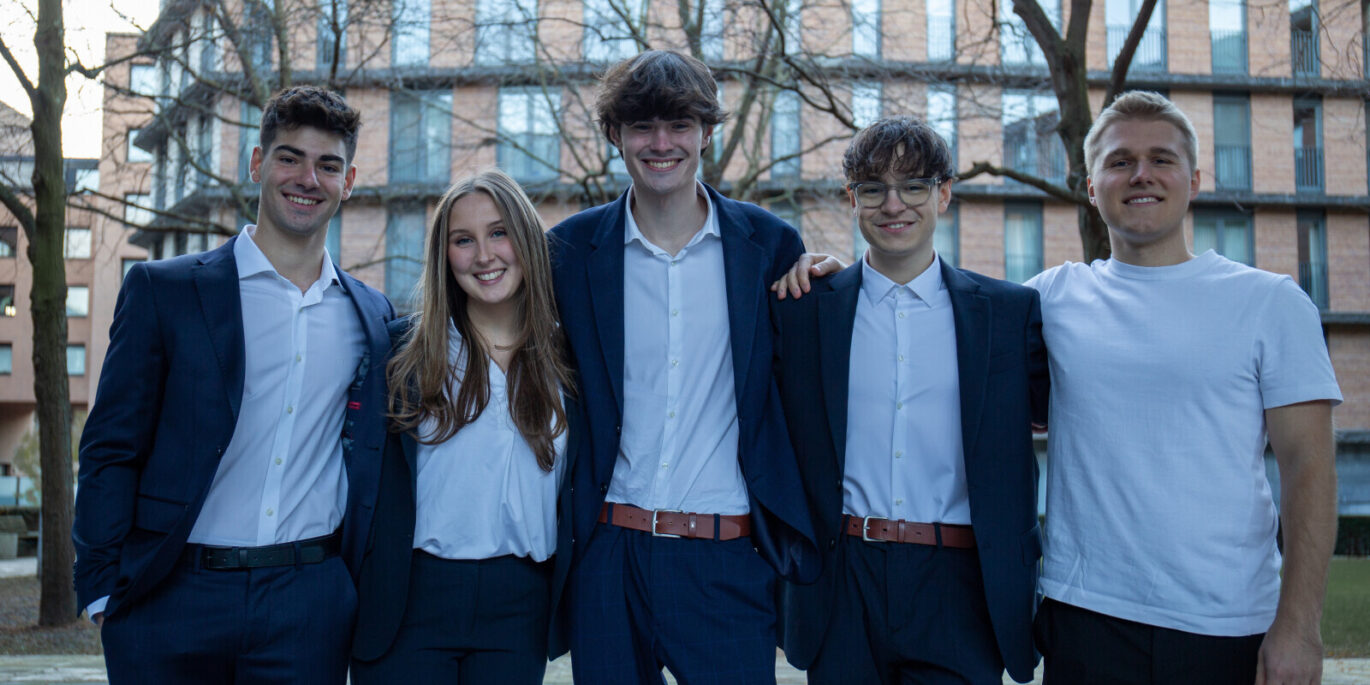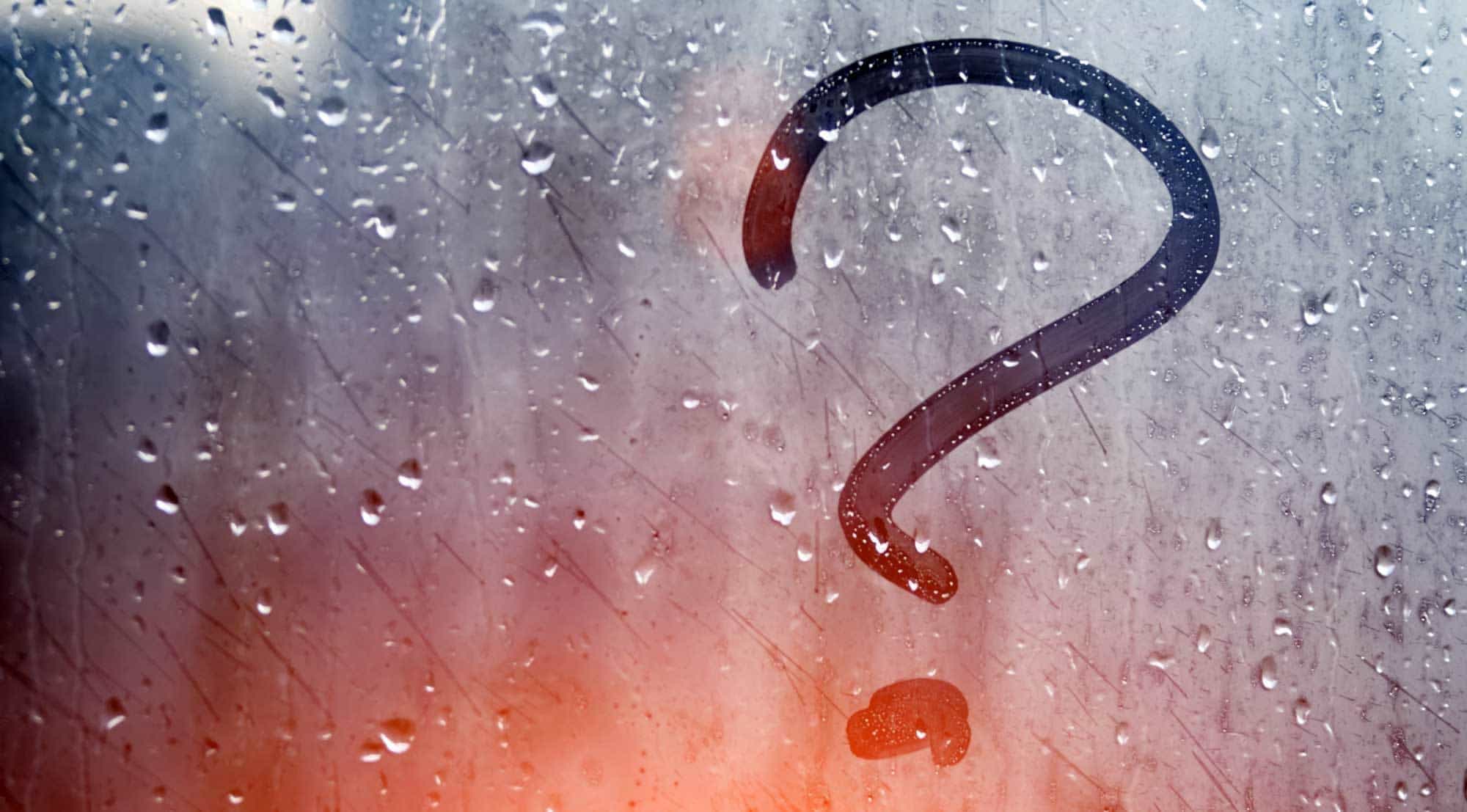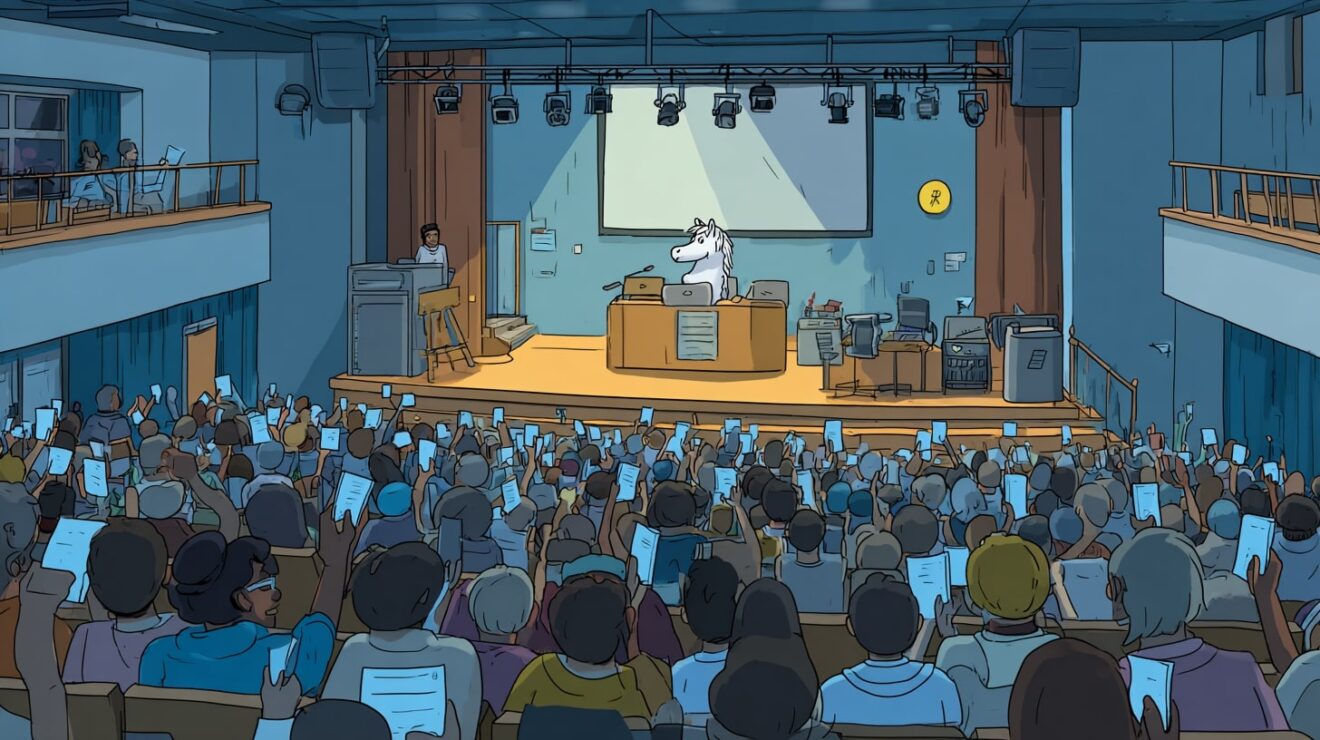Sexual violence in higher education is a major, widely recognised problem- and the issue of under-reporting incidents of it both at universities and in wider society is still pressing.
In 2018, Revolt Sexual Assault in association with The Student Room UK carried out a national consultation into sexual assault and sexual harassment at 153 universities across the UK. The survey revealed that only 6 percent of students who experienced sexual violence chose to report it to the university, whereas 10 percent decided to report the incident to the police.
In other words, 94 percent of students do not report the incident – and only 2 percent felt both able to report it to their university and content with the overall reporting process.
As such, the number of official reports to universities is nowhere near satisfactory – and while some general barriers to reporting have been identified, some student groups face additional hurdles in reporting their experiences to the authorities. So recognising and addressing the harmful impact of these barriers is likely to be an important step in supporting survivors.
Silence
While student groups such as the LGBTQ+ community, Black, Asian and Minority Ethnic (BAME), and disabled students are at a higher risk of being subjected to various forms of sexual violence, their reporting rates are extremely low.
LGBTQ+ survivors are more likely to face scrutiny when reporting in comparison with heterosexual victims. A survey conducted by Survivors UK (2021) found that 45 percent of gay and bisexual men have been subjected to sexual assault – yet only 14 percent have reported the incident to the police. A third of those who reported said the police “disbelieved” them and/or refused to take their claims seriously.
Students from different cultural backgrounds to the majority can face additional barriers due to their religious beliefs or may not wish to disclose in fear of bringing negative attention to their community. A report in 2019 found several barriers perceived by ethnic minorities, including lack of culturally safe, aware, and competent services, lack of understanding of ethnic groups, language barriers, and lack of confidentiality (with interpreters).
As many as 40 percent of disabled women are subjected to sexual assault or physical violence throughout their lifetime and more than 90 percent of all individuals suffering from developmental disabilities may be subjected to sexual assault. And people with intellectual disabilities are being subjected to sexual assault at rates more than seven times than people without these disabilities.
Why low reporting?
To understand the barriers faced by these groups, I carried out a survey. The most prevalent barrier mentioned across all minority groups was “discomfort of the situation when disclosing”. Research shows that victim-survivors often describe the procedures and contact with formal systems as “dehumanizing, frustrating, embarrassing and distressing”. For some, the thought of having to reveal what they experienced in explicit detail can be very overwhelming. Students in the survey mentioned concerns such as “having to relive the incident” and fears of the “incident becoming public”. In addition, LGBTQ+ students may also be concerned that their experience would be overlooked.
The most persistent barrier identified by LGBTQ+ students was “homophobia and transphobia”. It has been highlighted that the LGBTQ+ community might be particularly reluctant to disclose their experience of sexual violence or assault due to the fear of having to disclose sexual and gender orientations and possible re-victimisation. That fear of discrimination causes these students to be reluctant to report a crime or seek help.
“Not trusting the authorities” was also identified as a barrier. A lack of trust towards the authorities is not irrational/unreasonable – given previous research, LGBTQ+ people are most targeted by police. Additionally, they may experience concerns of not being taken seriously due to their sexual/romantic orientation or gender identity, or the perceived LGBTQ+ phobic bias in the criminal justice system.
“Discrimination and exclusion from society” was persistently mentioned by the students from ethnic minorities. For victim-survivors from an ethnic minority, social discrimination seems to be a rational fear. Unfortunately, barriers to reporting sexual violence for ethnic minorities is quite an under-researched area and there is a need to examine this further.
Students said things like “they already feel more like an outsider, and they wouldn’t want to do anything else that puts them in yet another minority” and “the stigma due to skin colour/cultural background means their consent doesn’t count for anything”.
“Stigma regarding mental illness” was identified by students with mental health issues (most commonly depression and anxiety). “They (people) would not listen to someone mentally ill” and “fear of people not believing me due to mental illness” were mentioned. This barrier is consistent with previous research as it has been suggested that people with mental illness are subject to victimisation more than the general population.
So what can be done?
There is certainly a need to develop adequate procedures and policies – but what matters is that the information about those procedures and those enacting them is sensitive to the issues these students raise.
Many universities encourage students to disclose, use awareness-raising campaigns, provide student and staff training, and offer general emotional and practical support to victim-survivors. But being much clearer about the way in which disclosures will be treated, emphasising the understanding of the specific barriers identified, and using visible examples of previous disclosures from these groups is necessary.
And where possible, universities capturing the experiences and expertise of students in these groups when developing promotion, policy and practice would really help too.
